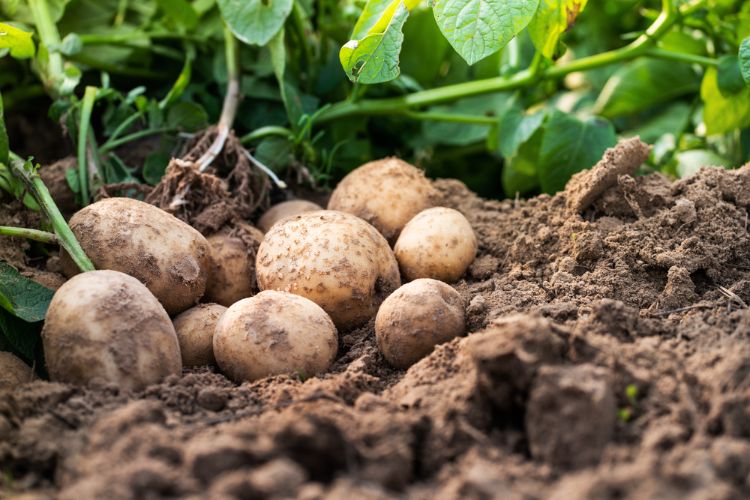Growing vegetables at home is a true delight. Not only do you get to enjoy the process of cultivating and taking care of a plant, but you also get to enjoy the benefits of your spoils: delicious and nutritious vegetables. But, as anyone who's tried to create their own vegetable garden at home will tell you, it's not always the easiest of tasks.
One of the most significant issues amateur gardeners can face is a lack of light. Our home's gardens are often overshadowed by buildings or walls, creating spaces with sub-optimal growing prowess. But it's important to note that even if your garden isn't blessed by light, it doesn't mean you can't successfully grow veggies. There are varieties of vegetables that can grow happily and healthily in shaded areas, too.
Advertisement
1. Beets

Shutterstock
Beets grow under the ground, so it's really only the roots that are heavily impacted in lower lighted conditions. In fact, beets can benefit from a more earthy and mellow flavor when grown in shade. Add the greens to your salads for a boost of taste.
2. Spinach

Shutterstock
With just two or three hours of sunlight per day, a spinach crop can thrive. Too much heat and light can actually be damaging to spinach. Keeping your plants at the edge of your garden and planting it early can help ensure a longer harvesting period, too.
3. Lettuce

Shutterstock
Who doesn't love a little lettuce in their diet? Luckily, you can ensure an ongoing supply to your kitchen, even in a shadier garden. Lettuce can be rather tantalizing to pests, though, so make sure it's well protected against birds and bugs alike.
4. Brussels sprouts

Shutterstock
While they used to get a bad rap, people are loving brussels sprouts more and more. And even if your garden verges on the ingy side, you can grow them easily at home! Once you have an established plant, you can harvest them well into the darker, cooler months.
5. Radishes

Shutterstock
The crunchy, peppery flavor of a radish makes it one of the best salad veggies out there. Radhishes don't enjoy the intense heat or light of summer, so are best planted earlier or later in the season. You can also enjoy radish greens in your salads for a burst of sharpness.
6. Kale

Shutterstock
We all know that kale is a superfood, so having some extra in your diet is never a bad thing. As a cruciferous vegetable, kale tolerates lower temperatures and lower levels of light. This means you've got no excuse not to grow your own!
7. Arugula

Shutterstock
Peppery arugula leaves can take any salad to the next level, and luckily, it's easily for amateur gardeners to grow at home. While arugula doesn't mind sunlight, it also doesn't need it, so it makes a great choice to put in the darker areas of your vegetable garden.
8. Watercress

Shutterstock
Watercress is a perennial plant, meaning once you plant it, you can harvest it year on year. It's tolerant of high levels of shade, and contains extremely high levels of nutrients. Watercress leaves have a strong, savory flavor that's delicious in sandwiches.
9. Turnips

Shutterstock
They're not the most popular of veggies, but they're actually highly underrated. Similar to a sweet potato, they can be chopped up and roasted or boiled and mashed, and are super tasty both ways. You can even enjoy the greens sauteed, too.
10. Potatoes

Shutterstock
One of the most useful vegetables out there has to be the humble spud. They're grown under the ground, so as long as the leaves are getting a couple of hours of sunlight a day, they'll grow just fine. And you can never have too many potatoes in your kitchen, after all.
11. Celery

Shutterstock
Advertisement
Celery should be planted in areas where ideally its in a shaded spot during the hottest parts of the day. Do make sure it gets at least 6 hours of sunshine during the day.

